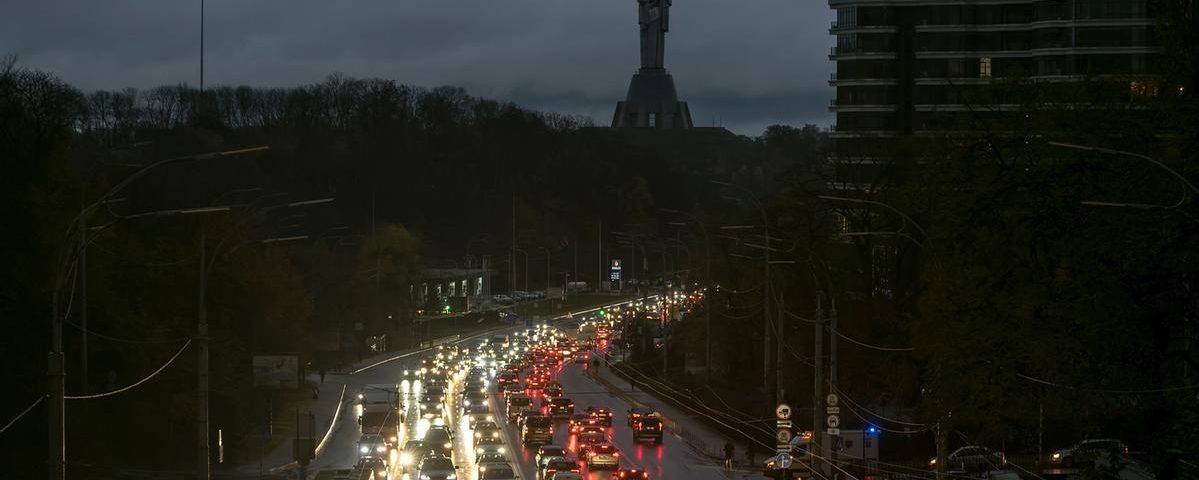
"Фронт трещит по швам": волонтер предупредила о риске потери крупных городов
Октябрь 24, 2025After a new wave of massive Russian attacks, the situation in Ukraine’s energy sector has sharply deteriorated.
According to Oleh Popenko, head of the Union of Utility Consumers, the situation is particularly severe in the Chernihiv and Sumyregions, which are now on the brink of a blackout. Problems have also been reported in the Zaporizhzhia, Dnipropetrovsk, Kharkiv, Mykolaiv, Kherson, and Kyiv regions.
In the affected regions and in the capital, rolling power outages have been introduced, leaving many residents without electricity and water for 6–8 hours or more. Energy workers are operating in emergency mode, adjusting power supply schedules daily. According to forecasts, weekly outage schedules may be introduced starting late next week.
Experts warn that the situation could worsen if the attacks continue.
“It’s possible that some cities will be left without electricity for up to 20 hours a day this winter,” Popenko cautioned.
Mass restrictions have also been imposed on industry, with companies already warned about possible gas and electricity quotas.
Analysts say Russian strikes have taken on a systemic character, focusing on energy facilities in the left-bank regions of Ukraine, which have traditionally faced energy shortages. The goal appears to be to split the national power grid into isolated “islands” and disable key transmission nodes. The Dnipro hydroelectric stations, Kyiv’s thermal power plants, and substations in the Sumy and Chernihiv regions have suffered the most damage.
The emergence of “energy islands” between energy-surplus western regions and energy-deficient eastern regions, experts warn, poses a serious risk of a nationwide blackout. Continued attacks could disrupt nuclear power plant operations and cause frequency fluctuations in the grid, potentially leading to accidents and emergency shutdowns of power units.
At the same time, issues are emerging with the energy infrastructure protection program. Ukrainian media report that during meetings with the president, officials have discussed the ineffectiveness of concrete “turtle” shelters built to protect power facilities — projects that cost billions of hryvnias. Experts note that the strength of these structures is often overstated, and many projects remain unfinished.
In addition, the program for energy decentralization has largely failed. Despite the delivery of Western-made cogeneration units and mini power plants, many have not been connected due to a lack of funding, leaving regions without backup power sources in case of critical outages.
Electricity imports from the EU currently cannot meet Ukraine’s needs. The country uses only part of its approved quotas, and damaged power lines hinder the delivery of electricity to deficit regions. Experts predict that this winter could bring prolonged outages — up to 20 hours a day — in some parts of the country.





